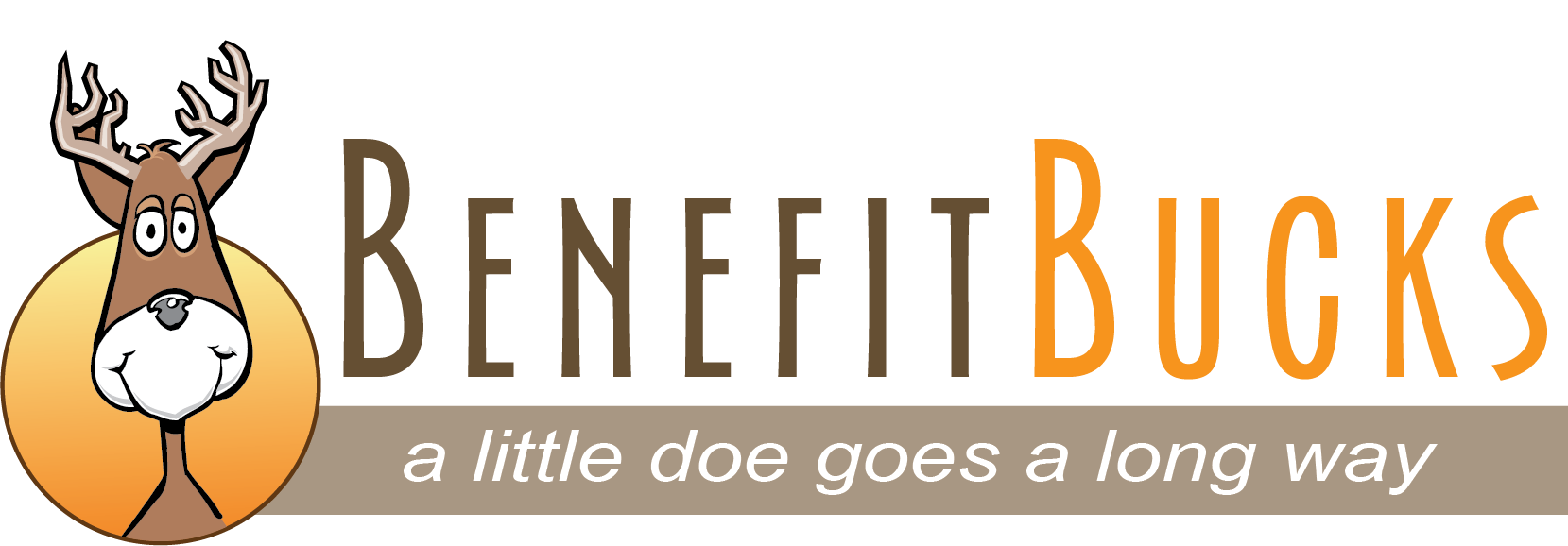HRA Administration
Empower your organization and employees with a flexible, cost-effective healthcare solution through a Health Reimbursement Arrangement (HRA). This employer-funded benefit offers significant savings and flexibility, making it a cornerstone of a robust healthcare benefits package.
HRAs come in a variety of options to meet the unique needs of your workforce and business structure:
- Group Health HRAs: Complement traditional group health plans by covering additional out-of-pocket costs.
- Individual Coverage HRAs (ICHRAs): Provide tax-free reimbursements for employees who purchase individual health insurance.
- Excepted Benefit HRAs (EBHRAs): Cover specific healthcare expenses, such as dental and vision, alongside a group health plan.
- Qualified Small Employer HRAs (QSEHRAs): Tailored for smaller businesses to help employees pay for individual insurance premiums or other eligible expenses.
These accounts allow employees to receive tax-free reimbursements for qualified medical expenses, including health insurance premiums (depending on the HRA type), up to an annual employer-determined limit. HRAs benefit employers by controlling costs while supporting employees in managing their healthcare expenses.
Offering an HRA shows your commitment to employee well-being, reduces overall healthcare costs, and provides a customizable solution for diverse healthcare needs. It’s a strategic investment that delivers value to both your team and your bottom line.
Frequently asked questions
-
01 / Why offer an HRA?
Here’s why an HRA is a smart choice:
- - Cost Savings & Budget Control – Employers set contribution limits, making it a cost-effective alternative to traditional health plans. Unused funds stay with the company.
- - Tax Advantages – Employer contributions are tax-deductible, and reimbursements for employees are tax-free when used for qualified medical expenses.
- - Employee Flexibility – HRAs allow employees to choose the healthcare services that work best for them, increasing satisfaction and engagement.
- - Compliance with Benefits Regulations – Certain HRAs can help employers meet ACA requirements without the high cost of group health insurance.
- - Attractive Benefit for Recruitment & Retention – Offering an HRA can make your company more competitive in attracting and retaining top talent.
-
02 / How does an HRA work?
Here’s how it works:
1. Employer Sets the Budget – The employer decides how much to contribute to employees’ HRAs each year. There are no payroll taxes on these contributions.
2. Employees Pay for Healthcare Costs – Employees can use their HRA funds to cover qualified expenses, such as doctor visits, prescriptions, and health insurance premiums (depending on the type of HRA).
3. Employees Submit Claims – After paying for an eligible expense, employees submit proof of payment to their employer or a third-party administrator.
4. Reimbursement Process – Once approved, employees are reimbursed tax-free up to their available HRA balance.
5. Funds May or May Not Roll Over – Depending on the employer’s plan design, unused funds may carry over to the next year or reset annually.
